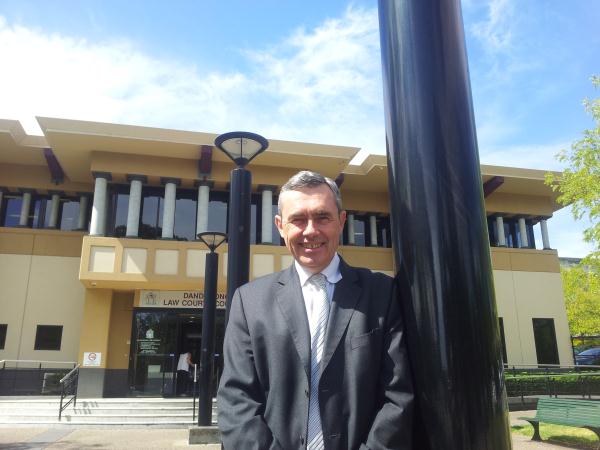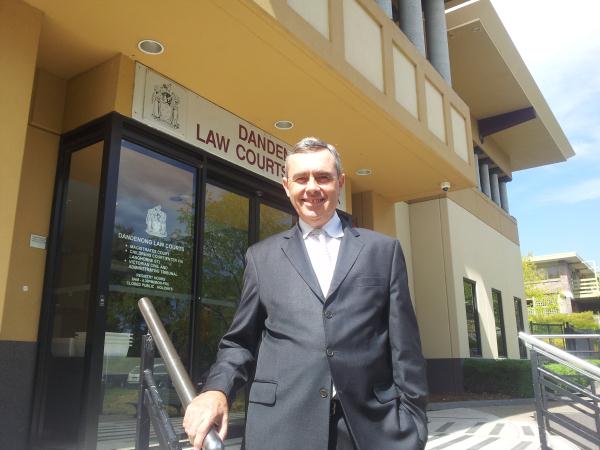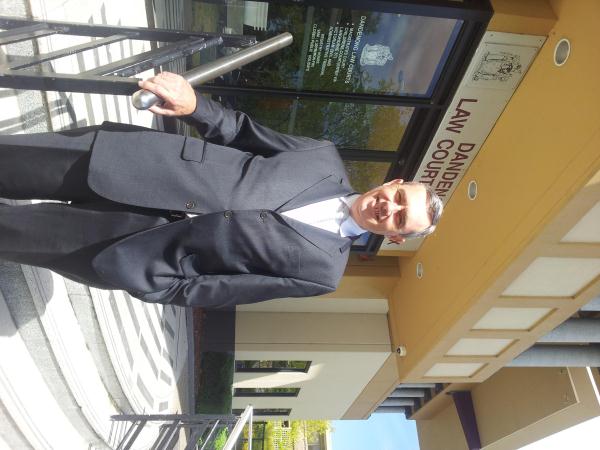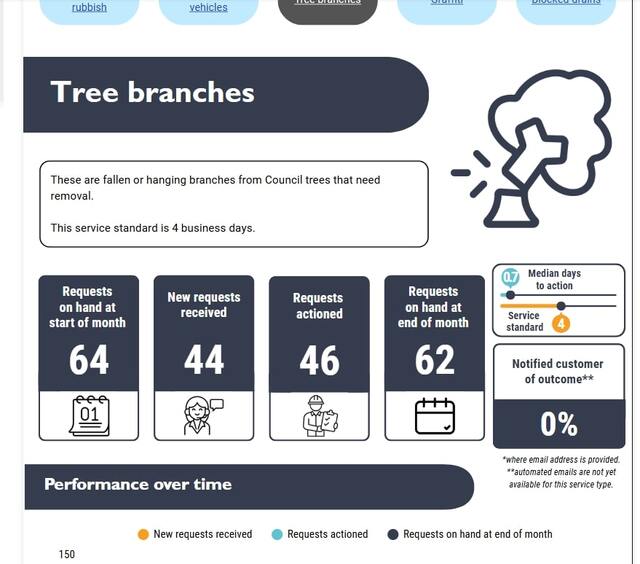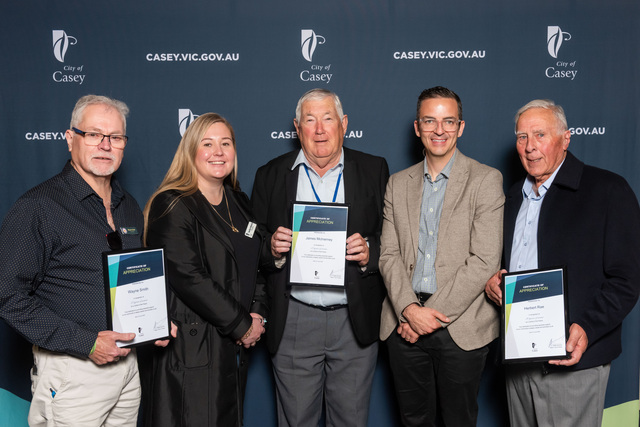By CAM LUCADOU-WELLS
A DRUG treatment clinician says the jury is out on the success of drug court’s mandatory diversion treatments for ice-addicted offenders.
Dr Matthew Frei, head of clinical services at Turning Point Alcohol and Drug Centre, says there’s “a lot of discussion” about which was most effective – forced court-ordered treatment or voluntary “self-directed” treatment.
“They’re hard to compare. It’s hard to know if someone does better if they’re told to do the treatment or go to jail, versus those who choose to do it.
“I’m not sure if anyone knows who does better.”
In Victoria’s drug court system, the defendant lives in the community as they undergo a two-year regime of mandatory drug treatment and urine testing.
They are given housing and a steady income – coupled with the threat of jail for continual failure of drug tests or failing to attend court, corrections and medical appointments.
Dandenong Drug Court magistrate Tony Parsons says about 10 to 15 per cent of defendants stopped using drugs by the end of the program.
About half may have relapsed, but were using less, he said.
About 50 people are kept out of jail each year, saving $3.5 million.
Dr Frei said saving money was the overriding rationale for the diversion program.
“You lock someone up – it’s really expensive. So you try something different for the same outcome, like monitoring by the court or a probation officer with some urine testing.
“It is going to be far cheaper than putting them in jail.”
Dr Frei said Victoria’s system bore little resemblance to drug courts in other countries where human rights concerns had been raised. Some of those overseas drug detention centres resemble forced-labour camps.
“(These countries) come off a base of severe penalties for drug users who are not empowered to have a choice.
“I don’t think we’ll see that in this country, and I don’t think it should be here.”
He agrees with Mr Parsons that harm from ice abuse is more frequent, yet medication lagged behind treatments for other drugs like heroin.
Methamphetamines have been abused since the 1960s but there had only been “bits and pieces of research” into treatments, Dr Frei said.
He says there may not be a medication as successful as methadone for heroin users.
“The physical symptoms of heroin are quite treatable with opioids like methadone.
“Heroin is more a consistent, daily thing. They use it to stave off the withdrawal symptoms that return to get a high,” he said.
“Methamphetamine use is more complex, characterised by bursts of intense use followed by a break.
“We see them recover from that period of use and then they repeat that behaviour,” he said.
He said there were “possibilities” in combining counselling with several types of known medications, such as the ADHD drug dexamphetamine, which is also used to treat sleep disorders.
Dr Frei said the main treatments were psychosocial therapies – motivational group seminars such as the Matrix program.
The program’s lengths were not always long enough to prevent relapse.
“We’ve got to be mindful that the actual effect of the drug might wear off fairly quickly.
“The withdrawal from methadone can take one to a few weeks but the actual therapy for preventing relapse may take substantially longer – in the region of three months and upwards.
“People certainly have had these issues and problems through a lifetime and most of their adult life.
“You don’t necessarily expect to effect a more permanent change in a few weeks,” he said.

